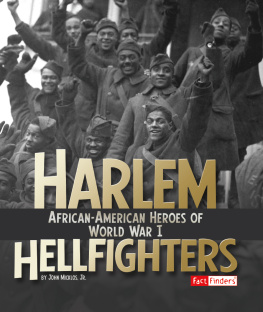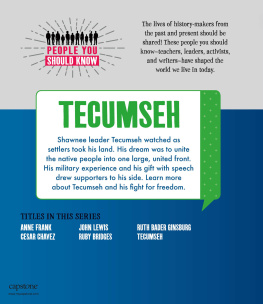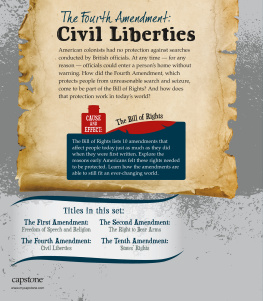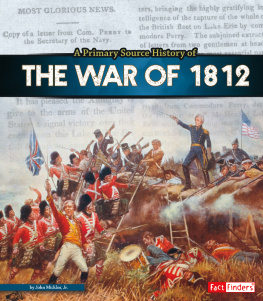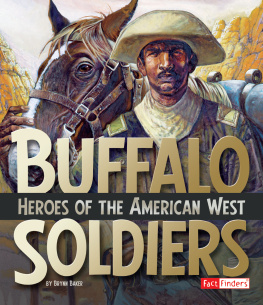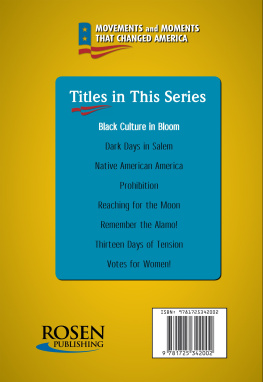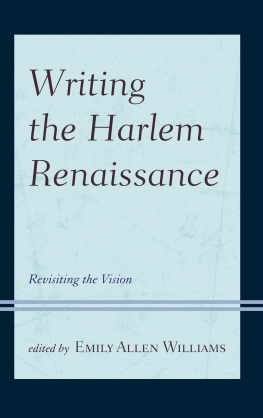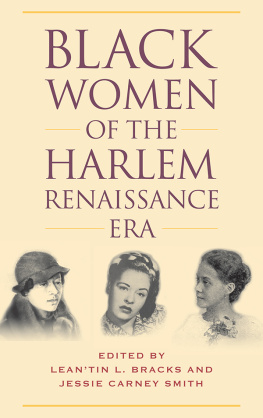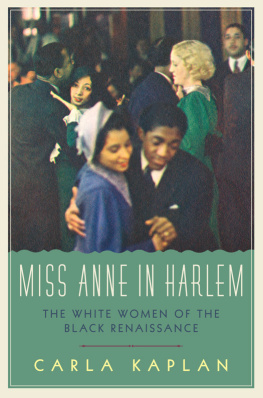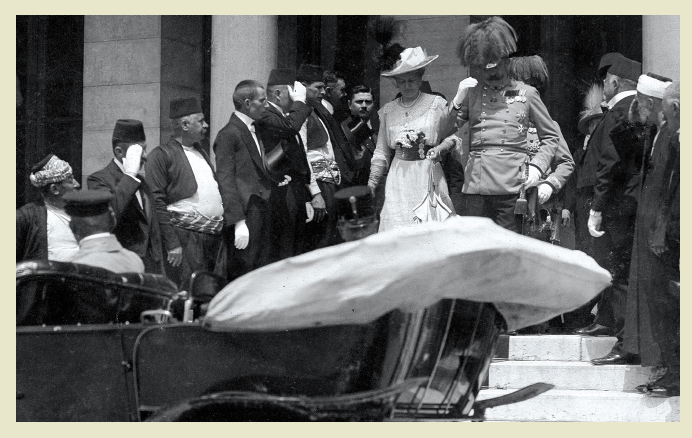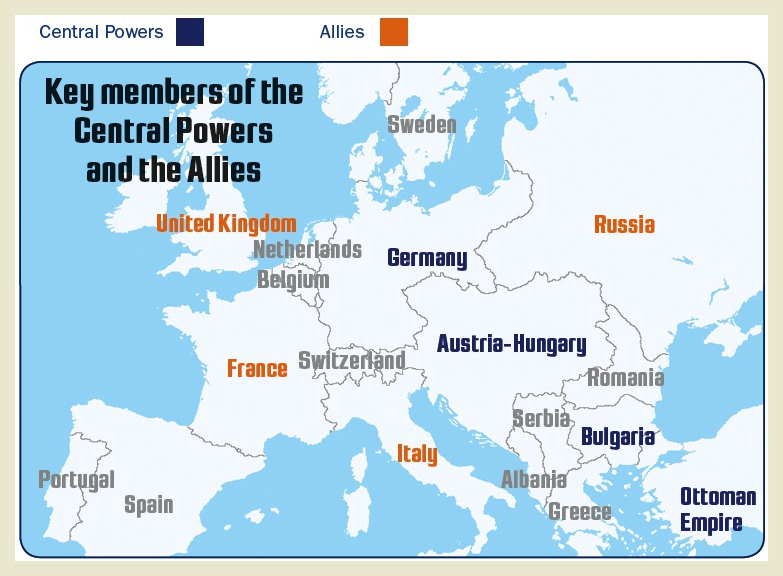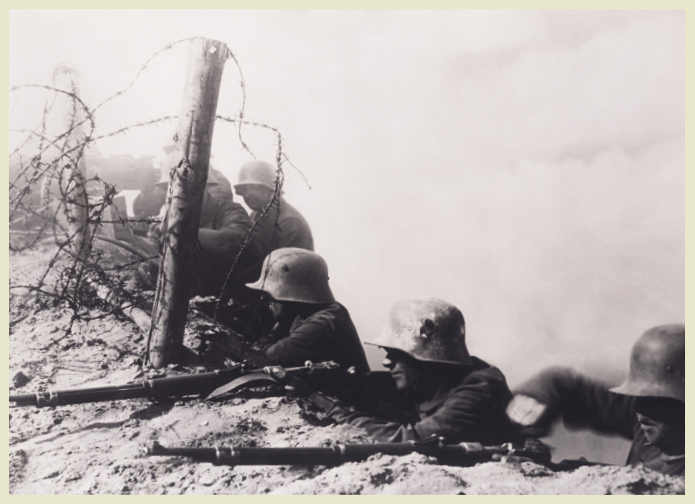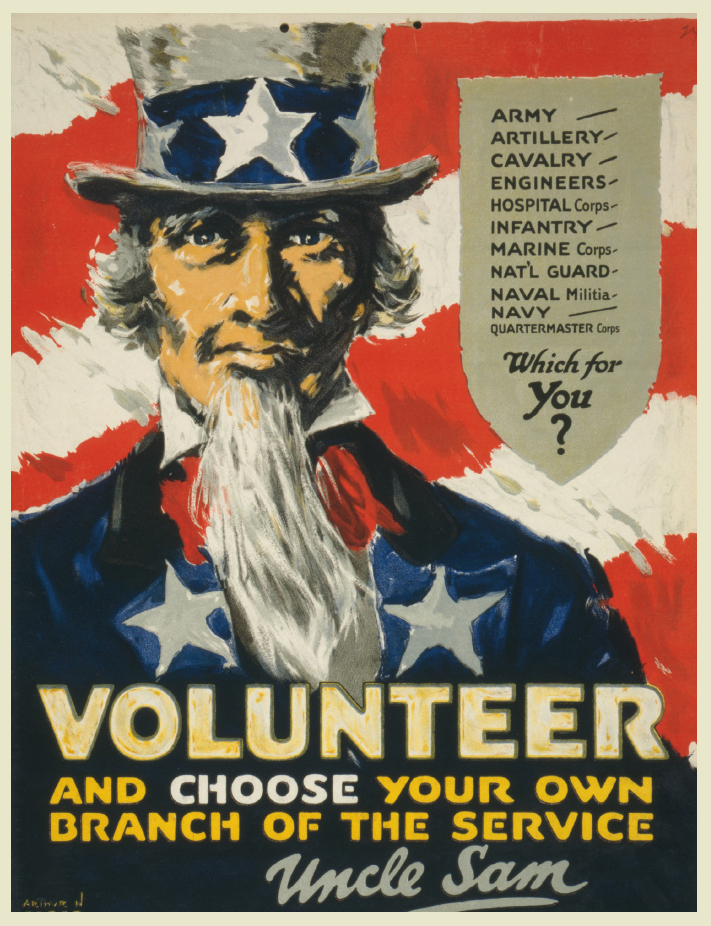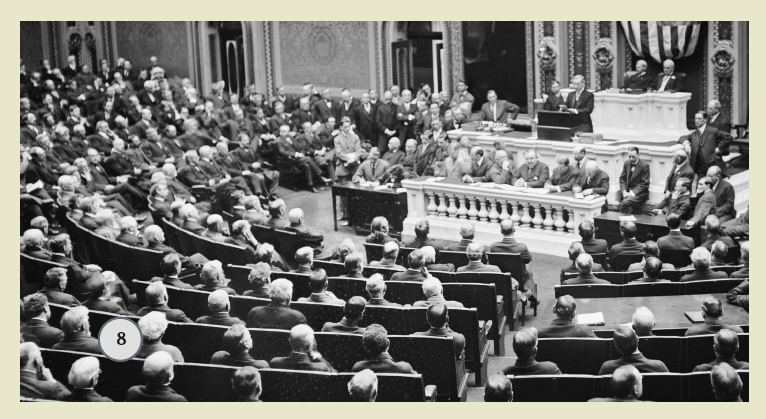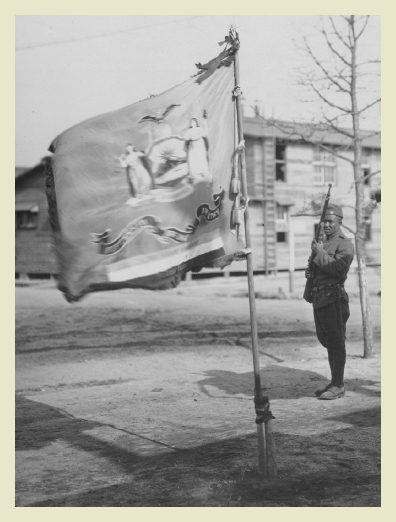READ MORE
- Lanser, Amanda. World War I by the Numbers. America at War by the Numbers. North Mankato, Minn.: Capstone Press, 2016.
- Lewis, J. Patrick, and Gary Kelley. Harlem Hellfighters. Mankato, Minn.: Creative Editions, 2014.
- Myers, Walter Dean, and Bill Miles. The Harlem Hellfighters: When Pride Met Courage. New York: Amistad, 2014.
- Rasmussen, R. Kent. World War I for Kids: A History with 21 Activities. Chicago: Chicago Review Press, 2014.
CRITICAL THINKING USING THE COMMON CORE
- World War I was sometimes called The War to End All Wars. Why do you think it was called that, and why do you think that prediction turned out to be untrue? (Integration of Knowledge of Ideas)
- World War I was the deadliest war ever fought at that point in history. What factors made that true? (Key Ideas and Details)
- How did the war experiences of the 369th differ from those of white regiments? (Craft and Structure)
CHAPTER 1
THE WORLD AT WAR
War raged across Europe from 1914 to 1918. The worlds first global conflict, what we know as World War I, claimed the lives of more than 8.5 million soldiers. It changed forever the scope of wars and the way they were fought.
One simple event triggered World War I. On June 28, 1914, Archduke Franz Ferdinand of Austria was by a young Bosnian Serb named Gavrilo Princip.
Franz Ferdinand and his wife, Sophie, visited city hall in Sarajevo, Bosnia and Herzegovina, shortly before the assassination.
Austria-Hungary controlled Bosnia and Herzegovina, but many Bosnians sought independence. They thought killing the archduke might help bring independence. Instead, the killing led to a chain reaction that soon drew dozens of countries into the conflict. Germany and Austria-Hungary were the main combatants on one side. Those two countries and their were called the Central Powers. On the other side were France, Great Britain, Russia, Italy, and later, the United States. They and the other countries that fought with them were simply called the Allies.
Germany believed the key to winning the war was to quickly defeat France before Russia could along what was called the Western Front.
Strengthened with machine guns and barbed wire, the trenches zigzagged more than 400 miles (644 km) across northern France. For the next three and a half years, the Allies and Central Powers fought a series of bloody battles that cost hundreds of thousands of lives. All this fighting left the basic battle lines little changed.
Because the invasion of France failed, the Central Powers had to fight on two fronts. Fierce battles with Russia raged across eastern Europe for three years. This was called the wars Eastern Front. Then in 1917 a new Communist government took power in Russia. The Russian army had collapsed, and in March 1918, Russia signed a treaty with the Central Powers.
German soldiers fired their weapons from trenches during many World War I battles.
NEUTRAL NO MORE

President Woodrow Wilson
A recruitment poster urged men to volunteer for U.S. military service.
At first the United States tried to stay out of the war. U.S. President Woodrow Wilson pledged that the nation would remain . It didnt quite manage that. Although not involved in the fighting, the United States provided food and supplies to the Allies. Despite this aid, by 1917 it appeared that without direct U.S. involvement, Germany and Austria-Hungary might win the war.
On April 2, 1917, Wilson asked Congress to declare war on Germany. The world must be made safe for democracy, he said. On April 6 Congress acted. The United States began massing forces to fight in the Great War. Among those forces was a regiment of African-American soldiers who would fight so fiercely that they would come to be known as the Harlem Hellfighters.
President Woodrow Wilson stood before Congress and asked that the United States join the war.
CHAPTER 2
FORMING THE 15TH
Even after the United States entered World War I, it seemed highly unlikely that a unit such as the African-American Harlem Hellfighters would ever be involved. In preparation for possible war, many states formed temporary National Guard units. The units were sent to training camps before they were sent overseas. They stood ready to be called into action if needed.
The 15th New York Voluntary Infantry Regiment first formed as a National Guard unit in 1916. New York governor Charles S. Whitman and his legal counsel, William Hayward, both wanted to form an African-American unit in the state. Years earlier, Hayward had been a National Guard colonel in Nebraska. He offered to help organize a regiment in New York. He had one condition. He wanted to lead it. Both Whitman and Hayward were white. They both agreed that the great colored population of New York ought to be given an opportunity to shine in the National Guard without
Still, the makeup of the regiment reflected the overall beliefs of the times. The soldiers and some lower-ranking officers were black, but the commanding officers were white. Hayward served as the commanding colonel. The recruits included a professional baseball player, a state legislator, and many general laborers.
The Harlem Hellfighters were among the most highly decorated soldiers of World War I.
Did You Know?
The 15th Regiment adopted the rattlesnake as its symbol, with the words, Dont tread on me. This symbol had been used by the newly formed United States during the Revolutionary War (17751783). In the 1840s noted writer and Frederick Douglass also compared his former slave master to a snake. In addition, the snake represented African-Americans demanding equality.

